NECO Agricultural Science Practical 2023 (Specimens): Questions and Answers
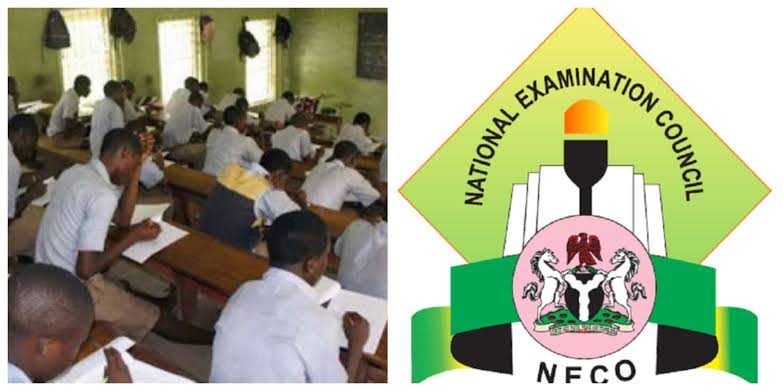
Questions & Answers Paper I: Agric Practical (Specimens) 2023
If you are a student who will be taking the NECO Agricultural Science Practical exam in 2023, you must be well-prepared for the exam. The exam will take place on Monday, 17th July, and will cover various agricultural practices and techniques. In this article, we will provide you with all the necessary information you need to know about the NECO Agricultural Science Practical 2023 (Specimens): Questions and Answers.
NECO Agricultural Science Practical 2023: Overview
The NECO Agricultural Science Practical exam is designed to test your practical knowledge of agricultural practices and techniques. The exam will require you to demonstrate your ability to carry out an experiment and report your observation. You will be provided with a specimen, materials, and equipment to carry out the experiment.
The NECO Agricultural Science Practical exam is divided into three sections: A, B, and C. Section A will test your knowledge of the identification and use of agricultural tools and equipment. Section B will test your knowledge of the identification and use of agricultural materials and specimens. Section C will test your knowledge of agricultural practices and techniques.
NECO Agricultural Science Practical 2023: Specimens
To prepare for the NECO Agricultural Science Practical exam, you need to be familiar with the specimens that will be provided. These specimens include:
Specimen A – Hand Fork
The hand fork is a tool used for loosening surface soil around seedlings. It is an important tool in agriculture and is used to promote the growth of plants.
Specimen B – Dibber
The dibber is a tool used for planting seeds or seedlings. It creates holes in the soil for the seeds or seedlings to be placed in.
Specimen C – Cross Staff
The cross staff is a tool used to measure angles and altitudes. It is an important tool in agriculture and is used to measure the height of crops.
Specimen D – Cast Net
The cast net is a tool used for catching fish. It is an important tool in aquaculture and is used to catch fish in ponds or lakes.
Specimen E – Feeding Trough
The feeding trough is a container used to place food for animals. It is an important tool in animal husbandry and is used to provide food for animals.
Specimen F – Loamy Soil
Loamy soil is a type of soil that is ideal for agricultural purposes. It is well-draining and has a good balance of sand, silt, and clay.
Specimen G – Clayey Soil
Clayey soil is a type of soil that is rich in nutrients but has poor drainage. It is ideal for growing certain crops, such as rice.
Specimen H – Sandy Soil
Sandy soil is a type of soil that has poor water retention but is easy to work with. It is ideal for growing crops that require good drainage.
Specimen I – Earthworm
Earthworms are important for soil health and fertility. They help to aerate the soil and break down organic matter, making it easier for plants to absorb nutrients.
Specimen J – Termite
Termites are pests that can cause damage to crops and agricultural structures. They are a common problem in agriculture and must be controlled to prevent damage.
Specimen K – Grasshopper
Grasshoppers are pests that can cause damage to crops. They are a common problem in agriculture and must be controlled to prevent damage.
Specimen L – Bean Weevil
Bean weevils are pests that can cause damage to beans and other legumes. They are a common problem in agriculture and must be controlled to prevent damage.
Specimen M – Mealybug
Mealybugs are pests that can cause damage to plants. They are a common problem in agriculture and must be controlled to prevent damage.
Specimen N – Animal Skin
Animal skin is an important raw material in the production of leather and other products. It is obtained from animals raised for their skin, such as cows and goats.
Specimen O – Tick
Ticks are pests that can cause damage to livestock. They are a common problem in animal husbandry and must be controlled to prevent damage.
Specimen P – Roundworm
Roundworms are parasites that can cause disease in animals. They are a common problem in animal husbandry and must be controlled to prevent disease.
NECO Agricultural Science Practical 2023: Questions and Answers
To prepare for the NECO Agricultural Science Practical exam, you need to be familiar with the questions and answers that will be provided. Here are some sample questions and answers:
Question 1:
Identify the specimen labelled A and state its use.
Answer:
Specimen A is a hand fork. Its use is to loosen surface soil around seedlings.
Question 2:
Identify the specimen labelled G and state its characteristics.
Answer:
Specimen G is clayey soil. Its characteristics include being rich in nutrients but having poor drainage.
Question 3:
Identify the specimen labelled L and state the damage it can cause.
Answer:
Specimen L is a bean weevil. It can cause damage to beans and other legumes.
Question 4:
Identify the specimen labelled N and state its use.
Answer:
Specimen N is animal skin. Its use is as a raw material in the production of leather and other products.
Conclusion
Preparing for the NECO Agricultural Science Practical exam can be a daunting task, but with the right information and resources, you can succeed. By familiarizing yourself with the specimens, materials, and equipment provided, as well as the questions and answers, you will be well-prepared to tackle the exam. Good luck!
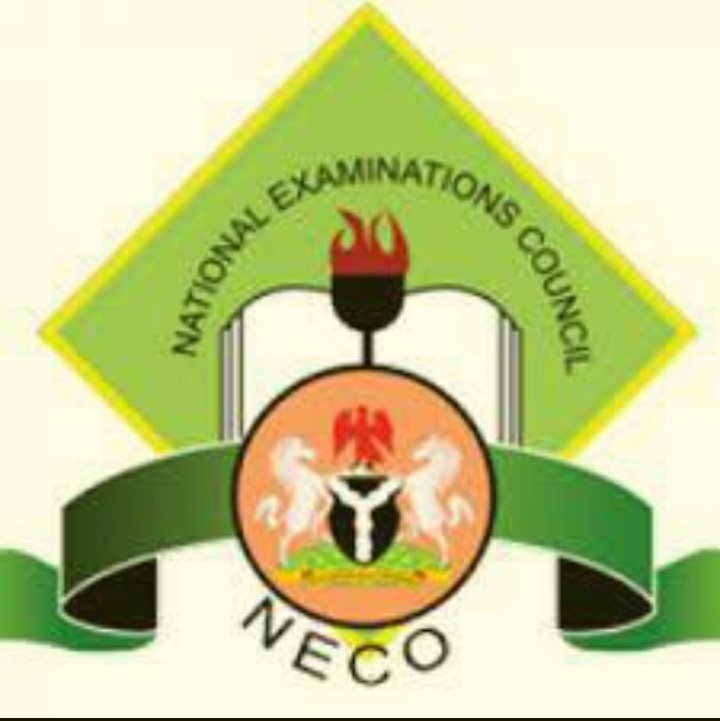
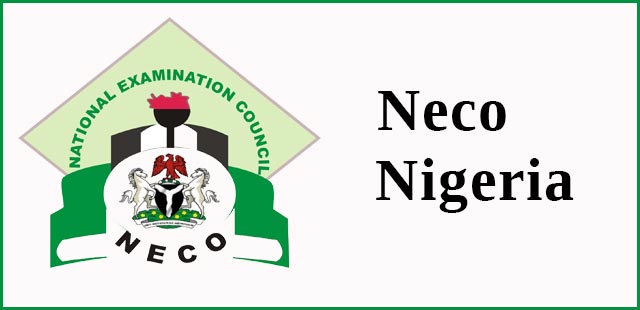

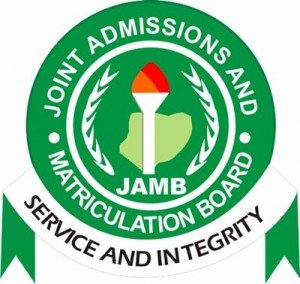



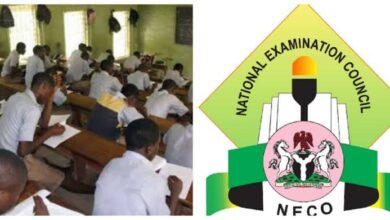
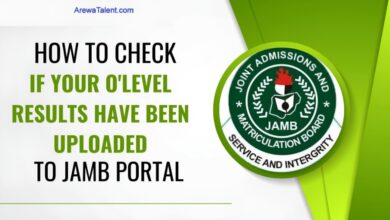





I am interested! Send it to my WhatsApp number: 07033261731
I would send you the ones I have
*If you are interested in NECO questions and answers midnight before the exam then join us now on WhatsApp
👇👇👇👇👇👇👇
https://chat.whatsapp.com/CSo00BYvuJh2jpdABSe6Md